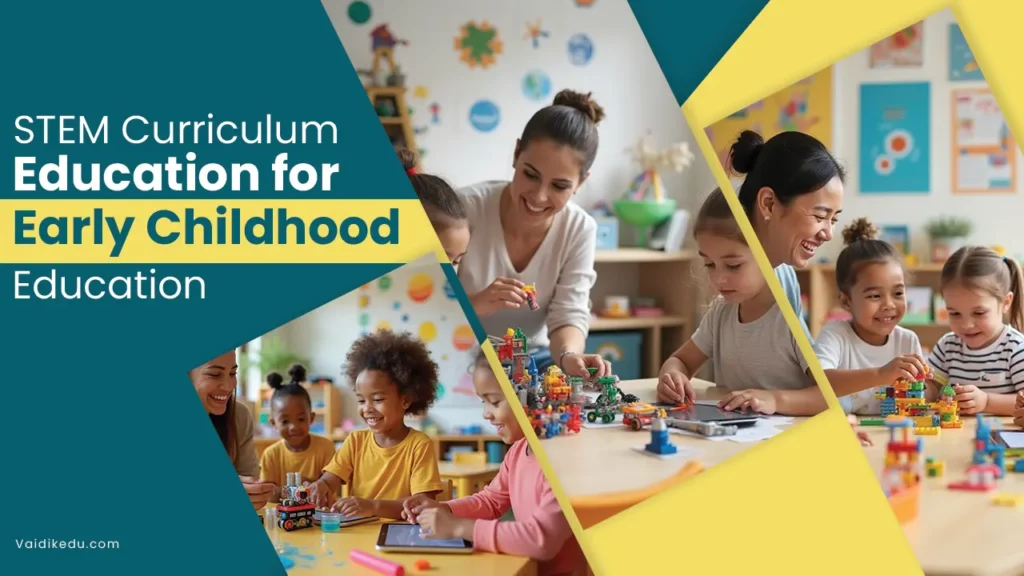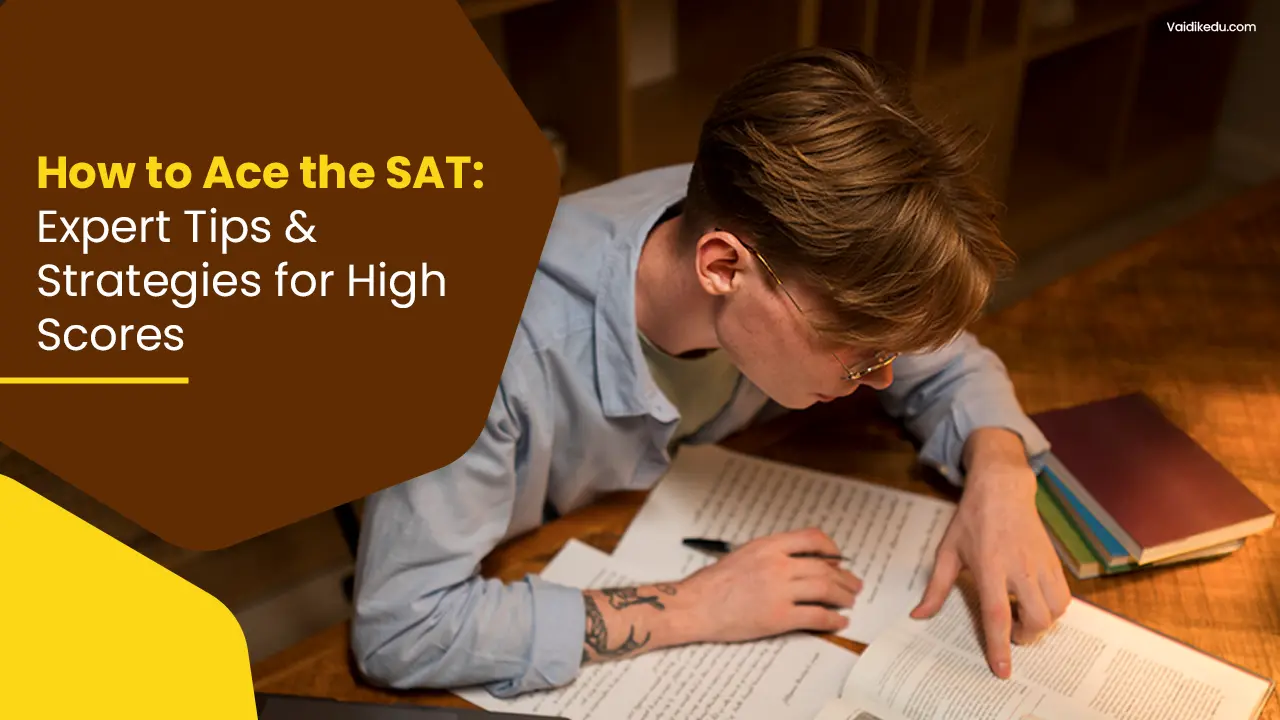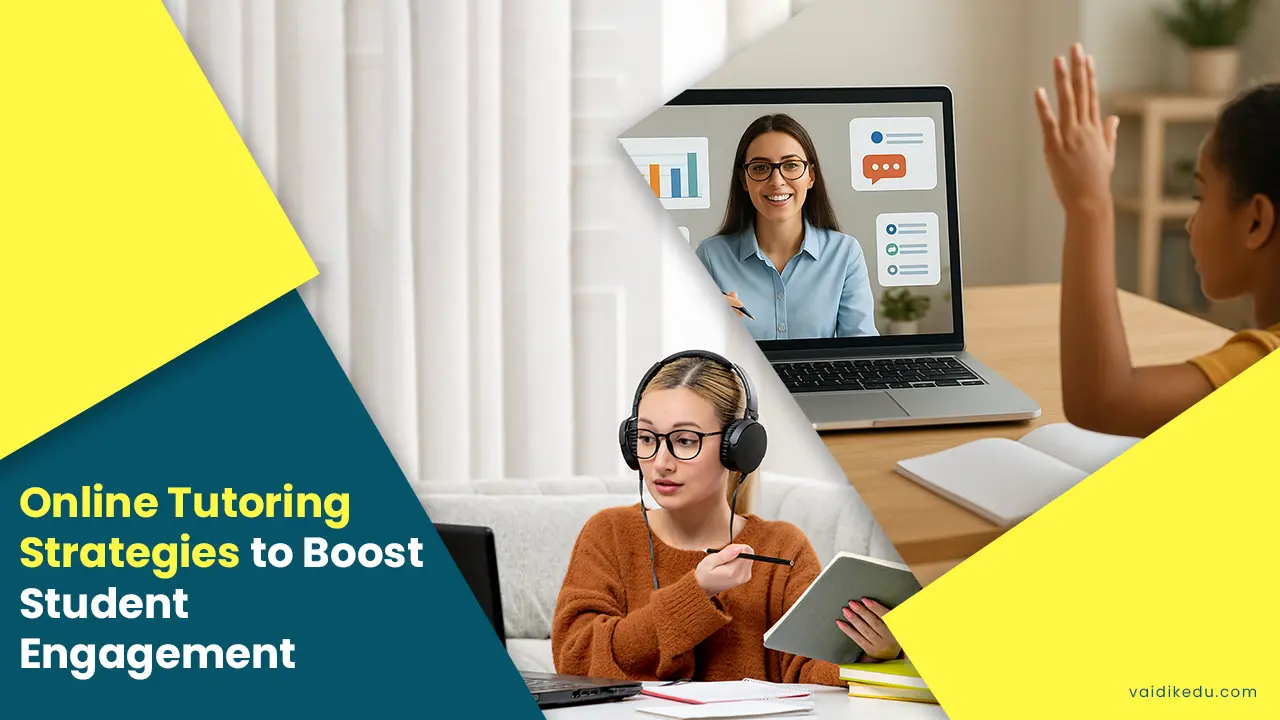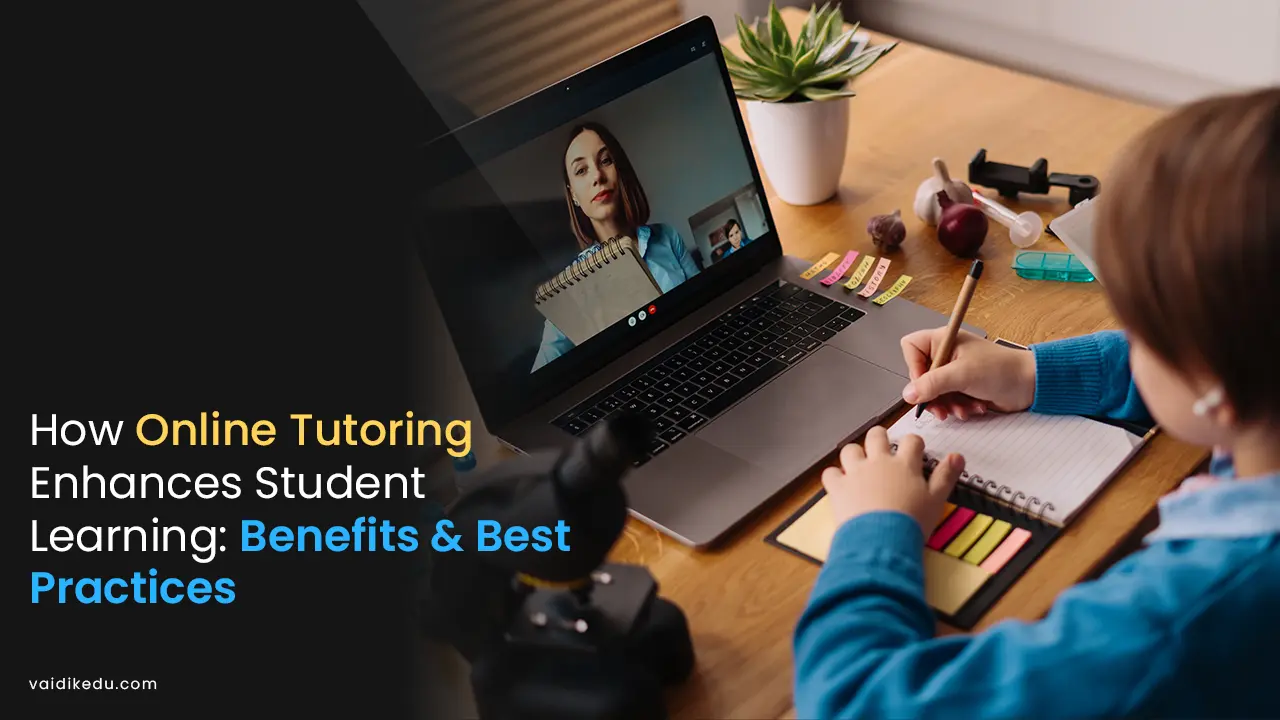STEM means Science, Technology, Engineering, and Mathematics. The STEM study program is a study method combined to combine to combine to combine. The goal of Stem Study is to encourage students to apply rigid thoughts, creation, and knowledge of solutions to problems in the real world’s real problems.
Some OF The main Features of The STEM System Are:
Hands: Learners get involved in a work-based study, where they use their knowledge to resolve the problem that works or are an example.
Things: Instead of teaching in a different location, stem study mixed with discipline to show the relationship between science, technology, technology, and math.
Focus Well on The Solution: Stem is very emphasizing to deal with complex problems and gain knowledge, often through challenging study methods or on reasons.
World Activity: Stem study often refers to students who will prepare for future work in rapid development projects by participating in the present technology and other things.
This method has been designed to provide the necessary knowledge for the future in such activities as technological, data, research, and so forth.
Why is the STEM Curriculum important in Early Childhood?
Starting STEM education at an early age is critical to establishing a solid foundation for youth educators. STEM subjects are only relevant at this level outside of academic skills; Contributes to academic success and future skill development. In early childhood, several important reasons why a tree is important are as follows.
1. Look At Thinking And Problem Solving Encourages
Stem Activities help children develop short term problems and develop critical thinking skills. For example, when children use them in the construction parts, size or shape, they explore simple scientific tasks, learn to analyze the concepts, ask questions and find solutions.
2. Nurtures Curiosity And Exploration
Young children are naturally curious. The Stem course that requires and delivers this curiosity is tap. Through the use of water, through the architecture, or the knowledge of the animals, system activities inspire a love of education, and a sense of wonder about the world in their enclosure.
What Are Some Variations of The STEM Curriculum?
There are many variations of the STEM curriculum, each designed to tailor the educational experience to different age groups, learning styles, or educational settings These variations focus on strategically integrating science, technology, engineering, and math differently depending on the objectives and resources available.
Here Are Some of The Key Differences.
1. STEAM (Science, Technology, Engineering, Art, Math):
STEAM is a component of the traditional STEM curriculum that includes the arts as an additional component. This integration highlights the importance of creativity, design thinking and innovation alongside major STEM disciplines.
The incorporated arts encourage students to express themselves through the visual arts, music, drama and art, providing a more holistic approach to problem solving.
Example: Students can build a robot (mechanical/mechanical) and then create a visual representation of it (art).
2. STEM+B (Science, Technology, Engineering, Math, And Business):
This STEM component includes an emphasis on entrepreneurship, where students are encouraged to use their STEM skills to develop entrepreneurial solutions, products, or services.
Courses include developing innovation ideas, understanding market requirements and learning about various aspects of technical business.
Example: Students can develop an app or new technology and then pitch it as a business proposal, considering costs, marketing and potential customers.
3. Project-Based STEM Learning:
Employed education is expanded, through worldly activities itself. To draw attention to thought, students learn by handful which is between the oath. This industry encourages weeks or weeks, criticism, criticism and problems discouragement.
Example: The students can be worked by wiping a permanent weapon or pursuing a job for the school.
4. A Tree Based on Curious:
The cheerfulness of cheerfulness points to students that they ask questions and find answers through tests, research, and criticism. It is the front of students’ pressure and education scientists guide children to scientific questions, and they look at alcohol research.
An Example: “If we change the face of the sun, what is the teacher?” The students then use the answer to their response, the method of creation, technology, and reckoning.
5. Integrated STEM (Cross-Disciplinary Approach)
The stress curriculum is not meant to teach science, technology, engineering and mathematics but also integrates the various elements of subjects. This solution focuses on these fields to show the relationships between these fields, which helps to understand how to use students from a single course.
Example: the simple mechanism of the text, uses mathematics to calculate measurements, and the scientific principles of motion can be .
6. Coding And Robots on A Stick:
Many modern STEM courses are emphasized on the established skills of coding and robotics, programming and robotics. These diverse students are prepared for short-term technology development and how to program, robotize and interact with the AI system.
Example: Students learn to complete or complete mobile IPs to create a mobile app, almost certainly using block-based coding or scratch or Payathan, and so on.
7. Early Childhood STEM:
STEM students are designed to not use a handful to play, and the ideas are introduced by appropriate activities that are appropriate. The purpose
Example: Children can examine the main ideas of gravity by overthrowing arguments and imagination or by means of simple mechanisms such as lever and cheese.
8. Our Environment STEM:
These stems point to the teaching of the environment and the lasting elements of science, technology, technology, and accounts.
Examples: Learners can learn the effects of pollution on living beings and develop a cure for weeds to reduce the reduction of weeds or to become permanent energy.
9. STEM For Girls And Under-Represented Groups:
A difference in the Stem course has focused on their participation and their associates accompanying them among the younger students and the younger, especially in the anxiety. These arrangements are designed to encourage younger teachers from different backgrounds and have encouraged them to fight against empty thoughts.
Example: A project can give a good wide guide, and a program that the young girls intend to engage in technology and technologically.
10. STEM, Which Stands By The Community:
In this view, students work in activities that their community has directly influenced. The real problem and the invitations of the study program are almost the study program, almost as the local activities, local combinations and organizations that can be used more fully and used.
Examples: Learners can handle the project to increase the local muscle program or to work with the environmental institutions to deal with local topics.
11. Blended Learning STEM
A mixture of education includes teaching on the Internet. In the STEM, it may indicate that the combined traditional courses can be used to launch an Internet convention, a technology, or a communications device. A mixture of education can help to meet the needs of teachers and encourage their guidelines.
Examples: Learners can use Internet imitation for psychology before being used in scientific research building or engaging in street travel or face in class.
Frequently Asked Questions
Assessment in early childhood should be informal and observation-based. Look for signs of curiosity, engagement, and problem-solving. For example, assess how children approach tasks, how they experiment with different solutions, and how they work with peers. Keep track of their progress through anecdotal notes, portfolios, or photos of their work. Focus on the process of learning rather than a final “correct” outcome.
Keeping STEM interesting for young children uses interactive, game-based learning that stimulates their interest and imagination. Focus on hands-on activities so they can be explored, experimented with and learned through play. Also, incorporate games, music, and stories to create a fun and exciting atmosphere. Encouraging open-ended questions and allowing for trial and error will make the experience more enjoyable.









